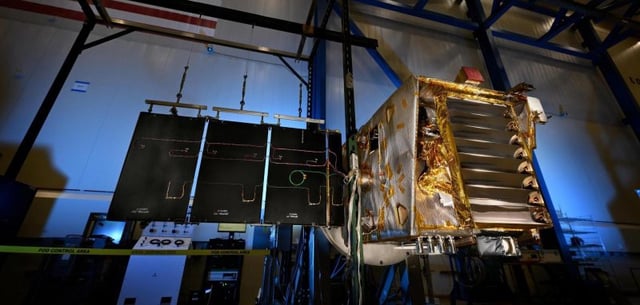Overview
- NASA officially concluded the Lunar Trailblazer mission on July 31 after months of unsuccessful attempts to restore two-way communications with the smallsat.
- The spacecraft lost contact a day after its Feb. 26 launch aboard Intuitive Machines’ IM-2 on a SpaceX Falcon 9, prompting a global effort to track its drifting position.
- Limited telemetry showed misaligned solar arrays prevented proper sun exposure and drained batteries, leaving the craft in a slow spin toward deep space.
- Lunar Trailblazer carried two instruments, JPL’s HVM3 spectrometer and Oxford’s Lunar Thermal Mapper, designed to produce high-resolution maps of lunar water and minerals.
- Technologies from the mission, notably the imaging spectrometer design, will live on in the upcoming UCIS-Moon flight to improve future lunar water mapping.

